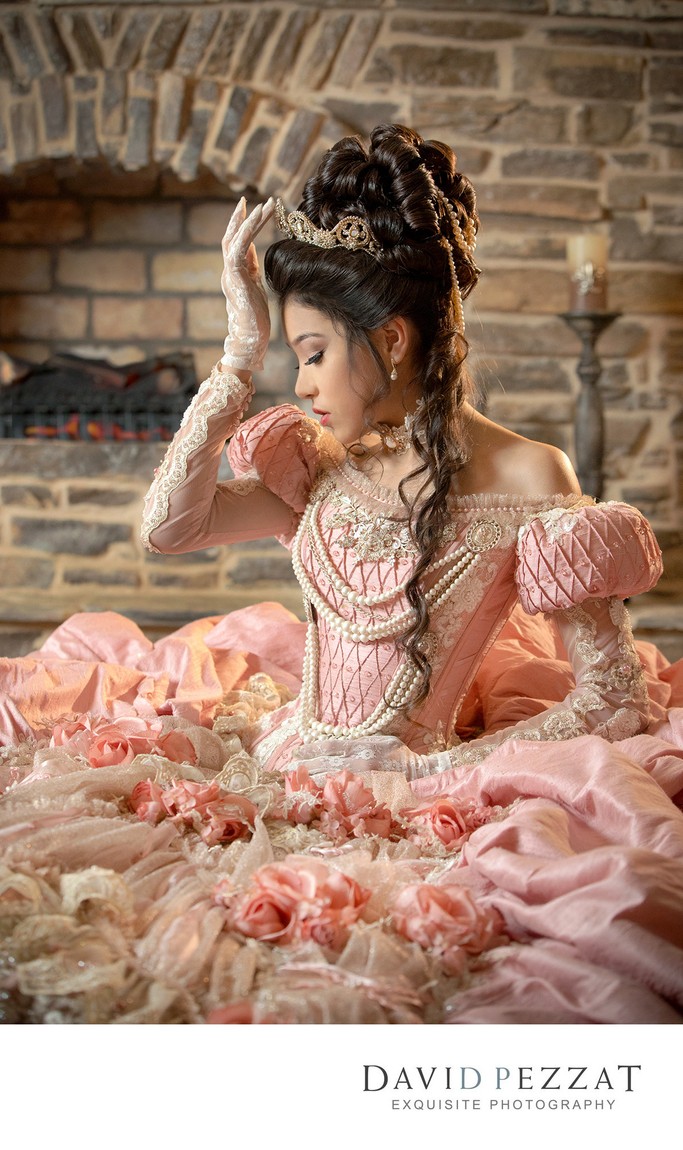The Vibrant History of the Quinceañera Tradition
The Quinceañera, a celebration that is synonymous with tradition, culture, and the blossoming of a young girl into womanhood, has roots that date back thousands of years. Often associated with the Latin American community, the origins of this tradition can be traced back to the 5th century B.C. in what is present-day Mexico.

Ancient Beginnings
The indigenous civilizations of Mesoamerica, including the Aztecs and Mayans, were known for their rich traditions and rituals. Among these were initiation ceremonies for girls that marked the end of puberty and the beginning of adulthood. As early as the 5th century B.C., these civilizations held elaborate ceremonies to honor young girls coming of age. These rites of passage were not only significant for the girls but also for their families and communities as they signified new social roles and responsibilities.
The Aztecs, in particular, had a ceremony called the ‘Huipil’, wherein the girl received a new outfit symbolizing her transition. She also received advice and blessings from the elder women of the community.
The Spanish Influence
With the arrival of the Spanish in the early 16th century, Catholicism began to influence indigenous traditions. The Quinceañera became infused with Catholic elements, including a Mass where the girl offers a bouquet to the Virgin Mary. The Spanish also introduced European elements like ballroom dancing and the use of elaborate dresses.
Evolution and Modern Adaptations
As time progressed, the Quinceañera evolved. Though the essence of the tradition as a coming-of-age celebration remained, additional elements were introduced. For example, the 'Last Doll' ritual became popular, where the quinceañera gives away her last doll to a younger sibling, symbolizing the end of childhood.
The Quinceañera further transformed into an event often likened to a wedding due to its grandiosity. Modern Quinceañeras often involve elaborate parties with large guest lists, ballroom dances, and a multi-tiered cake.
Cultural Expansion
While initially a Mexican tradition, the Quinceañera has been embraced by many Latin American countries and Latino communities in the United States. Each region often adds its flavor, incorporating local customs and traditions.
The Quinceañera Today
Today’s Quinceañera is a fusion of ancient Mesoamerican traditions, Spanish influences, and contemporary culture. It remains an important rite of passage for many young Latinas. The ceremony not only celebrates the young girl's transition into adulthood but also serves as a reminder of cultural heritage and familial ties.
Conclusion
From the ancient Aztec and Mayan ceremonies of the 5th century B.C. to the elaborate celebrations of the modern day, the Quinceañera has stood the test of time as a beloved tradition. As it continues to evolve, it remains a testament to the rich tapestry of cultural history and a poignant celebration of growth and community.

